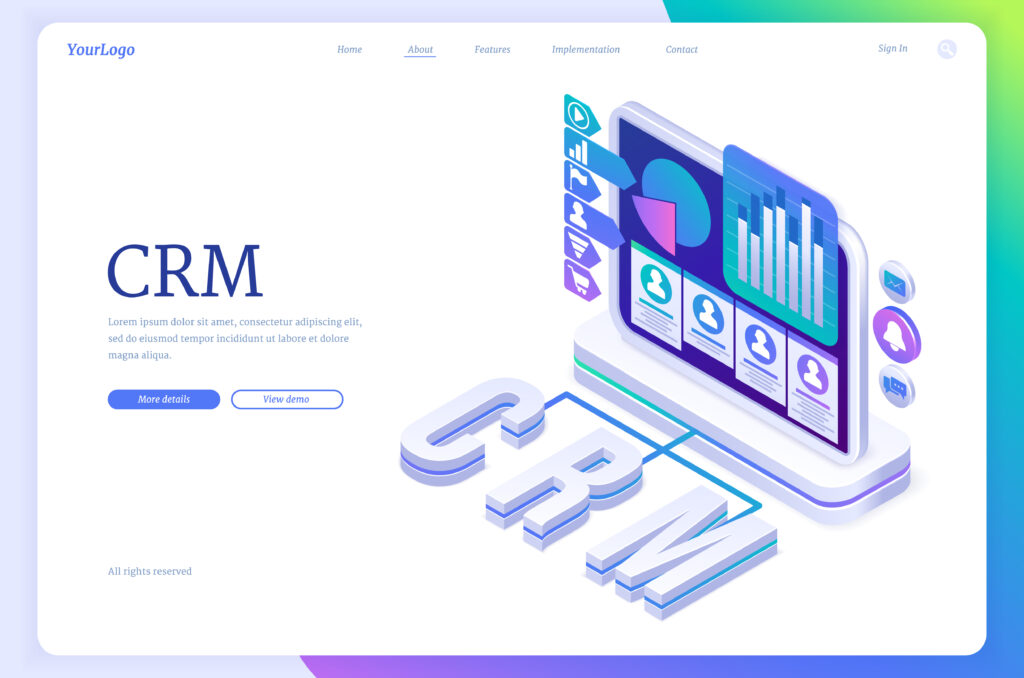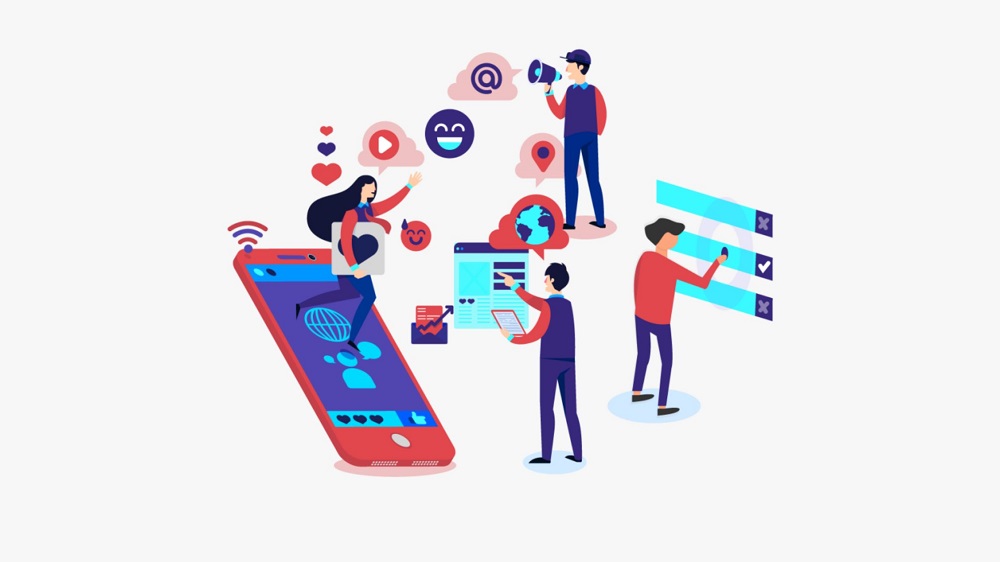Introduction: When “Free” Isn’t Really Free
HubSpot has long been positioned as the go-to CRM for startups, small businesses, and scaling teams. With its clean user interface and robust all-in-one toolset, the appeal is obvious. However, as shared frequently across Reddit and other online communities, the platform’s pricing structure is a source of frustration—and in some cases, disillusionment.
The big issue? Essential features remain locked behind expensive paywalls, and what starts as a “free CRM” can quickly snowball into a significant financial commitment.
The Hidden Layers Behind HubSpot’s “Free” Tier
Reddit users are quick to point out that HubSpot’s free CRM tier, while generous in some areas, is a double-edged sword. You get just enough to get hooked—but not enough to operate a full-fledged marketing or sales machine.
Key Limitations in the Free Tier:
- Automation: Only very basic email automation is allowed
- Reporting: Custom reports and dashboards are mostly locked
- Email tools: Advanced A/B testing, time zone sending, and optimization tools require upgrades
- CRM customization: Advanced properties, workflows, and branching logic are missing
“We invested three months onboarding, only to discover that we needed to pay thousands just to unlock basic reporting,” one Redditor posted on r/CRM.
The “freemium” model seems to function more like an extended trial than a sustainable option.
The Real Costs of Upgrading
Once your team grows or your needs evolve, you’ll be prompted (either via in-app nudges or direct limitations) to upgrade. And when you do, you might find that pricing escalates—fast.
Tier Jump Examples:
- Going from Starter to Professional often multiplies your monthly bill by 5–10x
- Seats are billed separately, meaning adding team members can double your costs
- Add-ons like custom reporting, API access, or operations automation are only available at the higher Professional and Enterprise tiers
“We went from paying $50/month to $1,000/month in under six months,” shared a frustrated startup founder.
Tier Fragmentation: A Pricing Maze
Another common pain point shared on Reddit is how HubSpot splits its product into “Hubs”—Sales, Marketing, Service, CMS, and Ops. Each has its own tiered pricing, and upgrading one doesn’t mean you’ve upgraded them all.
This leads to situations where users:
- Pay for Sales Pro but still lack access to Marketing Pro tools
- Discover critical features are housed in other Hubs
- Can’t run a full campaign without unlocking multiple modules
“You think you’re all set until you realize the email tool you need is in another Hub,” noted one user in a thread titled “Death by 1,000 Upgrades.”
Feature Gating: Psychological Frustration
Beyond the financial cost, many users cite the psychological frustration of bumping into gated features mid-task.
Examples:
- Trying to set up a branching workflow only to hit a paywall
- Discovering a needed integration (like Slack or Salesforce) is only supported in Enterprise
- Being unable to assign permissions or roles without upgrading your plan
This leads to friction and a poor user experience, even for those willing to pay eventually.
Competitor Comparison: Is HubSpot Worth the Premium?
Reddit comparisons frequently bring up alternatives like:
- Zoho CRM: More features available in free and low-tier plans
- ActiveCampaign: Strong automation and email tools at lower prices
- Pipedrive: Simple UI and sales-focused features at better value
- Odoo: Modular pricing that scales more predictably
While HubSpot may win on design, onboarding, and integrations, the cost-to-value ratio is often challenged in Reddit debates.
“We love the look and feel, but at some point, polish isn’t enough to justify the price.”
Workarounds & Community Advice
Despite pricing issues, the HubSpot Reddit community is known for creative solutions and honest workarounds:
- Use HubSpot only for what it’s best at (forms, CRM) and combine it with Zapier, MailerLite, or Notion for other functions
- Apply for HubSpot for Startups discounts (up to 90% off in some cases)
- Start with free-tier integrations, then migrate to paid tiers as ROI becomes clear
- Try freemium competitors first to understand what your team truly needs
“Mix-and-match tools until you outgrow them, then circle back to HubSpot once you can truly afford it.”
Final Thoughts: Transparent or Tricky?
HubSpot’s pricing isn’t hidden—it’s all on their site—but the implications of how quickly costs can escalate are not always clear to new users. Reddit threads show that customers feel caught off guard not because they weren’t told, but because the design and marketing imply a more complete free solution than what’s delivered.
Takeaways:
- The free tier is useful, but limited—use it for learning, not scaling
- Understand each Hub’s pricing before building complex workflows
- Evaluate alternatives before fully committing your CRM data
💡 If you’re evaluating HubSpot for your business, ask yourself: What’s the minimum feature set I need to succeed? And then check which tier really provides that.
Need help breaking down your CRM costs? Leave a comment below or message me with “CRM Cost Help” and I’ll send you a comparison chart tailored to your team.
If you’re tired of losing leads and missing out on sales, it’s time to take control. Sign up for HubSpot’s Free CRM today and start turning more leads into customers!



